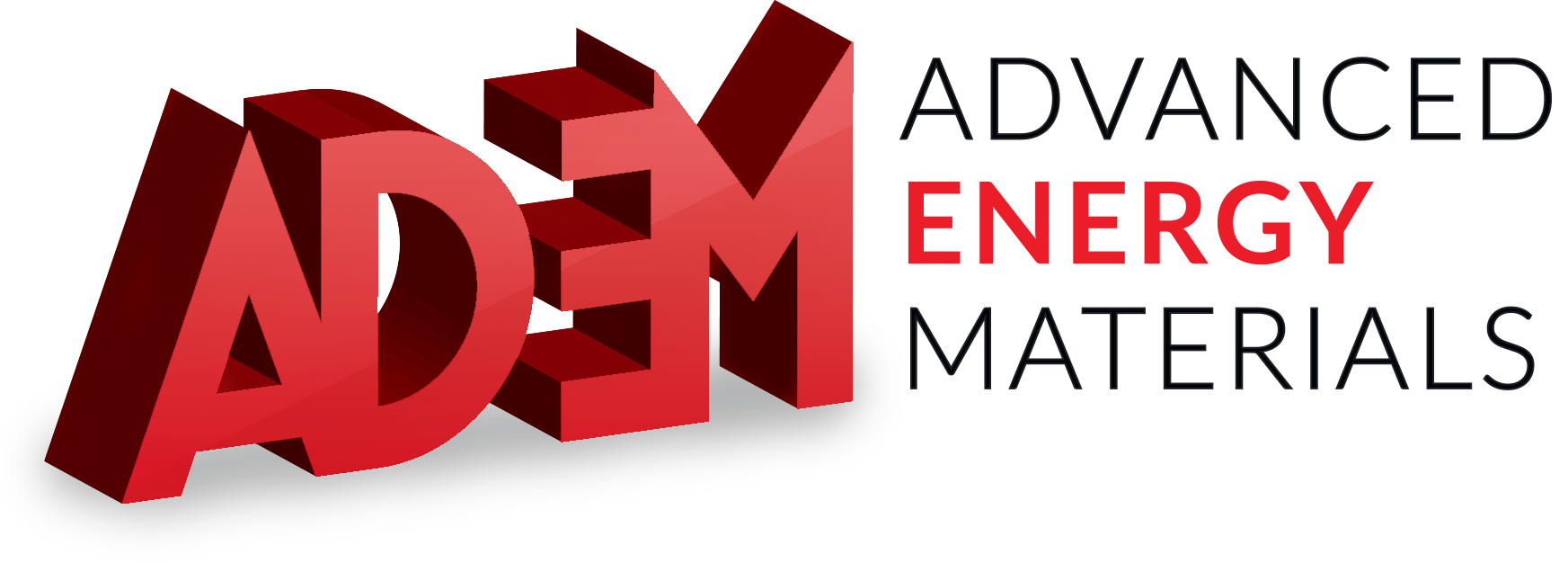Nanowire catalysts for ultra-deep hydro-desulfurization and aromatic hydrogenation” - Applied Catalysis B: Environmental 180 (2016): 246-254.
Mayank Gupta, Juan He, Tu Nguyen, Franz Petzold, Dania Fonseca, Jacek B. Jasinski, and Mahendra K. Sunkara
Describes high performance catalysts designed using nanowire supports. Specifically, nickel clusters supported on Zinc Oxide (ZnO) nanowires and γ-alumina found to be highly active for ultra-deep desulfurization and aromatic hydrogenation of diesel. The catalysts reduced sulfur from diesel, gasoline, and kerosene fuels containing sulfur approximately 200 ppm to less than 1 ppm with sustained activity over testing periods of 100–150 h. The feed contained some of the most difficult to remove sulfur compounds such as 4-methyldibenzothiophene (MDBT), 4,6-dimethyldibenzothiophene (DMDBT).
Scalable solvo-plasma production of porous tin oxide nanowires - Chemical Engineering Science 154 (2016): 20-26.
Tu Quang Nguyen, Veerendra Atla, Venkat Kalyan Vendra, Arjun Kumar Thapa, Jacek Bogdan Jasinski, Thad Lawrence Druffel, and Mahendra K. Sunkara
This article describes our scalable method for synthesizing tin oxide nanowire powder using inexpensive raw materials of commercial tin oxide particles and an atmospheric microwave plasma reactor. The conversion of potassium stannate nanowires through acid wash followed by simple annealing step resulted in porous tin oxide nanowires.
Ultrafast carbon dioxide sorption kinetics using lithium silicate nanowires - Nano letters 17.6 (2017): 3327-3333.
Apolo Nambo, Juan He, Tu Quang Nguyen, Veerendra Atla, Thad Druffel, and Mahendra Sunkara
In this study, the Li4SiO4 nanowires (NWs) were synthesized and shown to be promising for CO2 capture with ultrafast kinetics. Specifically, the nanowire powders exhibited an uptake of 0.35 g g–1 of CO2 at an ultrafast adsorption rate of 0.22 g g–1 min–1 at 650–700 °C. The time scales for CO2 sorption using nanowires are approximately 3 min and two orders magnitude faster compared to those obtained using lithium silicate with spherical morphologies and aggregates.
Nickel supported on zinc oxide nanowires as advanced hydrodesulfurization catalysts - Catalysis today 198.1 (2012): 219-227.
Franz G.Petzold, Jacek Jasinski, Ezra L. Clark, Jeong H. Kim, Jason Absher, Helge Toufar, and Mahendra K. Sunkara
A novel catalyst with deep hydrodesulfurization (HDS) capabilities was developed and tested with the aim of producing ultra-low sulfur diesel oil. The catalyst consisted of a zinc oxide nanowire (ZnO NW)/alumina carrier impregnated with nickel (Ni) as the active phase.
Gas-phase, bulk production of metal oxide nanowires and nanoparticles using a microwave plasma jet reactor - The Journal of Physical Chemistry C 112.46 (2008): 17750-17754.
Vivekanand Kumar, Jeong H. Kim, Chandrashekhar Pendyala, Boris Chernomordik and Mahendra K. Sunkara
The gas-phase production of metal oxide nanowires (NWs) and nanoparticles (NPs) using direct oxidation of micron-size metal particles in a high-throughput, atmospheric pressure microwave plasma jet reactor is developed and reported. The concept with production of SnO2, ZnO, TiO2, and Al2O3 NWs has been demonstrated.
Novel Ni-ZnO-Al2O3 Nanowire Catalysts for Hydro-desulfurization of Diesel - NAM23, North American Catalysis Society Meeting, Louisville, KY, 2013
Mahendra K. Sunkara, Mayank Gupta, Franz G. Petzold, Tu Nguyen, and Helge Toufar
We demonstrated the feasibility of nickel nanoparticles supported on zinc oxide nanowires to clean off difficult thiophenic compounds for prolonged time periods. Nickel catalyzes hydrogenation as well as the cleaving of cyclic sulfur compounds like thiophenes.
MoO3–x Nanowire Arrays As Stable and High-Capacity Anodes for Lithium Ion Batteries - Nano letters 12.4 (2012): 1784-1788.
Praveen Meduri, Ezra Clark, Jeong H. Kim, Ethirajulu Dayalan, Gamini U. Sumanasekera, and Mahendra K. Sunkara
This study describes vertical nanowire arrays of MoO3–x grown on metallic substrates with diameters of ∼90 nm show high-capacity retention. Particularly, they exhibit a capacity retention of ∼500 mAhg–1 in the voltage window of 0.7–0.1 V, much higher than the theoretical capacity of graphite. In addition, 10 nm Si-coated MoO3–x nanowire arrays have shown a capacity retention of ∼780 mAhg–1, indicating that hybrid materials are the next generation materials for lithium ion batteries.
Core–shell MoO33–MoS22 Nanowires for Hydrogen Evolution: A Functional Design for Electrocatalytic Materials - Nano letters 11.10 (2011): 4168-4175.
Zhebo Chen, Dustin Cummins, Benjamin N. Reinecke, Ezra Clark, Mahendra K. Sunkara, and Thomas F. Jaramillo
We synthesized vertically oriented core–shell nanowires with substoichiometric MoO3 cores of ∼20–50 nm and conformal MoS2 shells of ∼2–5 nm. The core–shell architecture, produced by low-temperature sulfidization, is designed to utilize the best properties of each component material while mitigating their deficiencies.
Surface properties of SnO2 nanowires for enhanced performance with dye-sensitized solar cells - Energy & Environmental Science 2.12 (2009): 1302-1309
Suresh Gubbala, Harry B. Russell, Hemant Shah, Biswapriya Deb, Jacek Jasinski, Heather Rypkema and Mahendra K. Sunkara
The electron transport and surface properties of nanowires and nanoparticles are investigated to understand the reasons for the observed higher photovoltages with NW based solar cells.
Hybrid tin oxide nanowires as stable and high capacity anodes for Li-ion batteries - Nano letters 9.2 (2009): 612-616.
Praveen Meduri, Chandrashekhar Pendyala, Vivekanand Kumar, Gamini U. Sumanasekera and Mahendra K. Sunkara
We present a simple and generic concept involving metal nanoclusters supported on metal oxide nanowires as stable and high capacity anode materials for Li-ion batteries.
Alkali-assisted, atmospheric plasma production of titania nanowire powders and arrays - Crystal Growth & Design 11.7 (2011): 2913-2919.
Vivekanand Kumar, Jeong H. Kim, Jacek B. Jasinski, Ezra L. Clark, and Mahendra K. Sunkara
We report a new ultrafast (reaction time on the scale of a minute) gas-phase method for synthesizing highly crystalline TiO2 nanowires (NWs) using direct oxidation of either Ti metal (foils or powders) or spherical TiO2 powders using an atmospheric pressure microwave plasma reactor.
Catalyzing Commercialization: Ultra-Deep Desulfurization of Diesel - CEP Magazine, AIChE Publication, November 2017
Advanced Energy Materials, LLC.
With funding from the National Science Foundation (NSF), Advanced Energy Materials (AdEM), a Univ. of Louisville, KY-based startup, is commercializing nanowire-based catalysts and adsorbents. Researchers at the startup have developed two catalytic adsorbents — AdE-Sorb and AdE-Sulfur — for ultra-deep desulfurization of diesel. Ultra-deep desulfurization reduces the sulfur content in diesel to less than 15 ppm.
